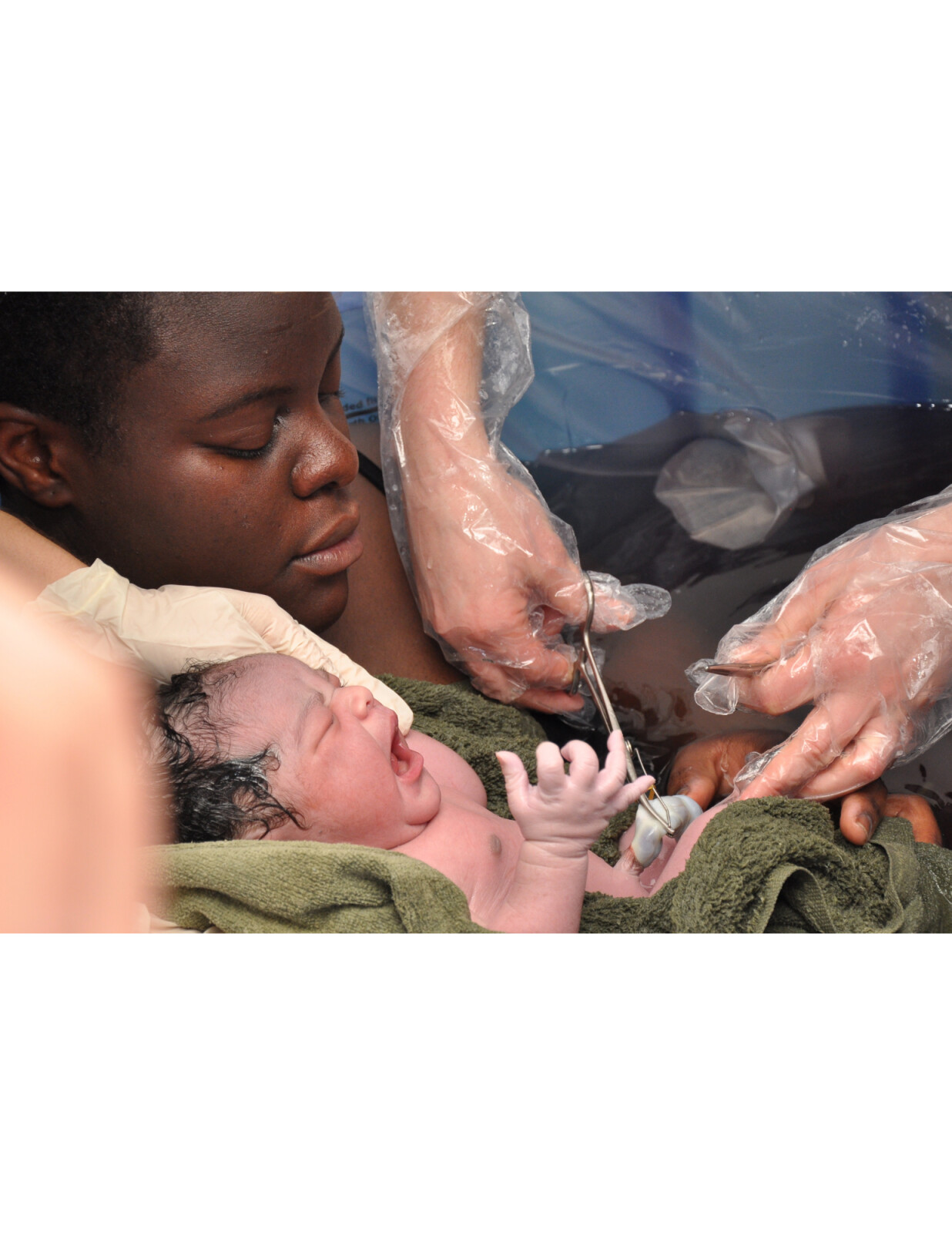
Delayed cord clamping is all the rave right now. I can tell you that about 99% of the deliveries I attend, they are requesting this. Do you know why delayed cord clamping is being requested? I personally think most people are asking for it because “Dr. Google” tells them they should, lol. But in all honesty, I think most people have no idea why it is good and what the cons are to doing it. So, here are the reasons that I know of to support and discourage delayed cord clamping.
- Did you know the placenta holds around 1/3 of your baby's blood? Delayed cord clamping allows time for that blood to be given back to your baby. This also allows for a smoother transition of life from womb to earth side for your baby.
- It can increase baby’s blood volume by 30%.
- Delaying can transfer an additional 40 to 50mg/kg of iron, which reduces the risk of your baby suffering from severe side effects of iron deficiency
- It can increase red blood cells by 60%.
- Delayed clamping can increase hemoglobin levels.
- It can create an infusion of stem cells, which play an essential role in the development of the immune, respiratory, cardiovascular, and central nervous systems, among many other functions.
- When the cord is delayed being clamped, it can help decrease the likelihood of needing resuscitation, and if the need occurs can be lifesaving due to the cord still supplying blood and oxygen.
- Preemies who have delayed cord clamping tend to have better blood pressure in the days immediately after birth, need fewer drugs to support blood pressure, need fewer blood transfusions, have less bleeding into the brain and have a lower risk of life-threatening bowel injury
Delayed cord clamping IS an option during a cesarean. The best option is to ask your provider to delay cord clamping for as long as possible and to “milk the cord”. Do not be afraid to ask, remember this is your birth, they are just guests to the party.
There are two drawbacks that I am aware of to delayed cord clamping at delivery. The first is that with an increase of red blood cells, we see jaundice levels go up. Jaundice is the yellowing of the skin and eyes that many babies get. If this level gets high enough it can cause brain damage. The way to combat high levels is with phototherapy treatment. This means we are seeing more babies going home on bili-blankets or having to stay longer in the hospital for the phototherapy.
The second drawback is that there is a reduction in the volume of umbilical cord blood available for harvesting stem cells. This only would apply if you are choosing to save the cord for stem cell donation or personal use.
I personally think a happy medium is the way to go. Delaying clamping for 30-60 seconds still gives the benefits without getting the entire 60% of red blood cells, leading to higher jaundice levels. Reasons to forgo delayed cord clamping would be if baby needs to be resuscitated away from mother or maternal distress.
These are the current recommendations for how long to delay the cord.
*ACOG and AAP recommends 30-60 seconds*
*WHO recommends at least 1 minute*
*The Royal College of Obstetricians and Gynecologists recommends at least 2 minutes*
*The American College of Nurse–Midwives recommends 2–5 minutes*
Did you like this post? If so, here is another one I know you will enjoy! Click Here!
If you liked this then, join my free group where we talk about becoming confident in pregnancy, birth and postpartum. Join Now!








